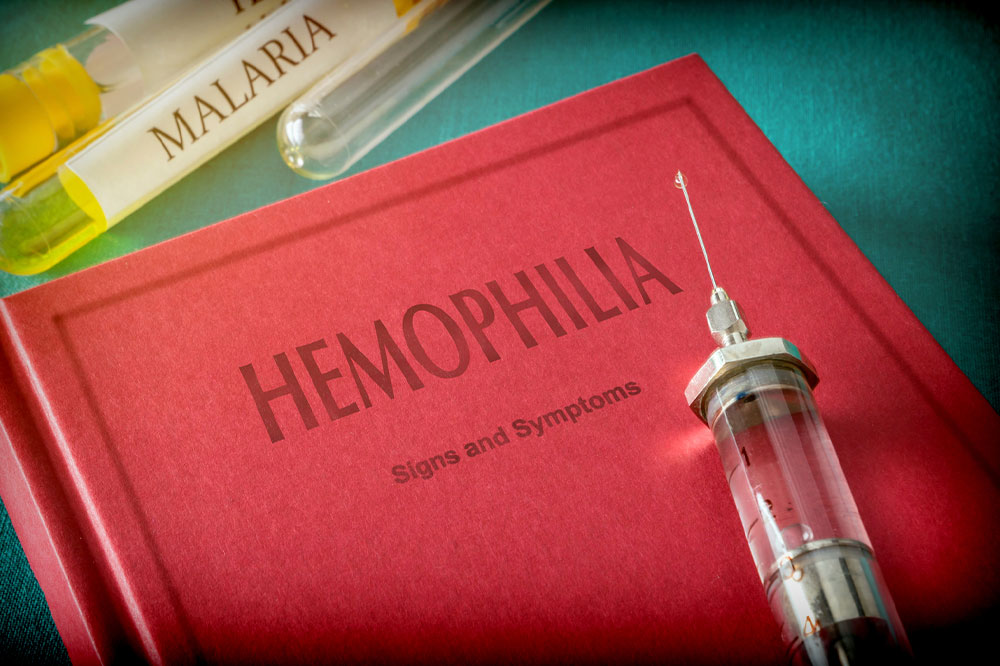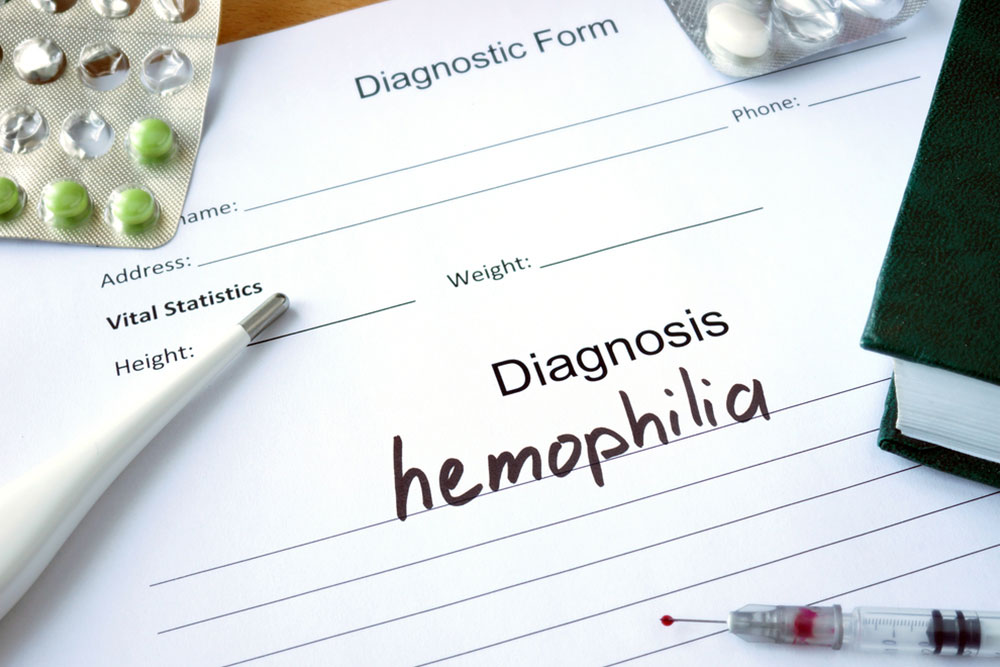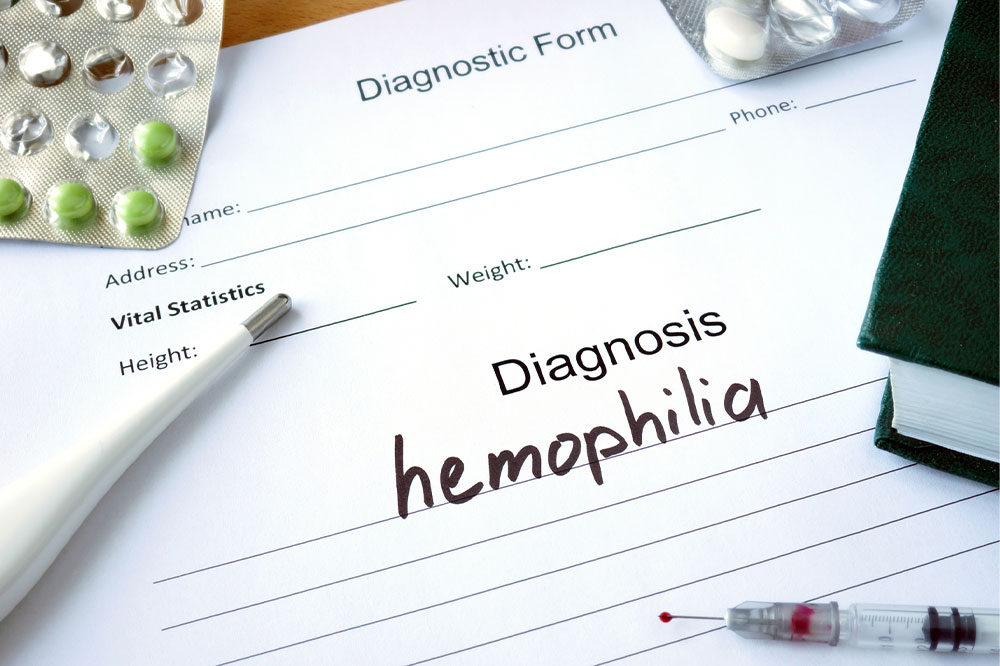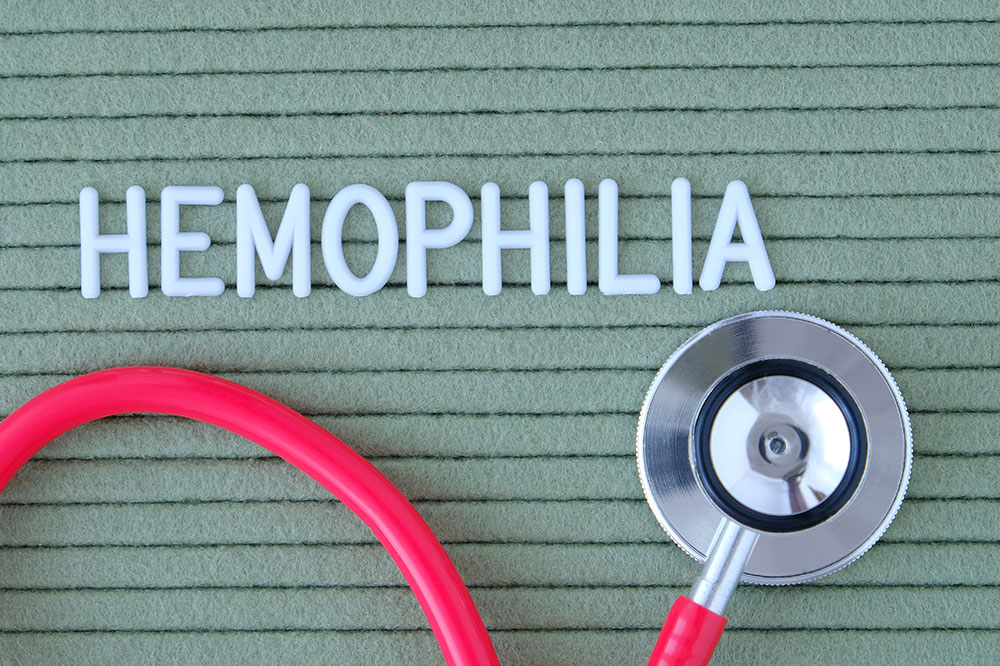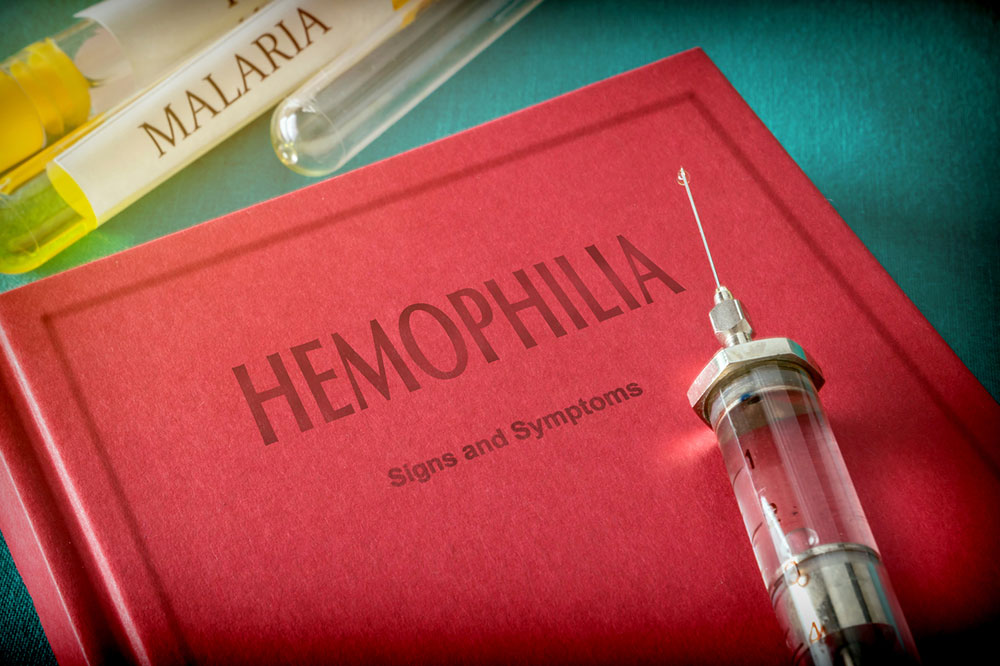Understanding Hemophilia: Causes, Symptoms, and Risks
Hemophilia is a rare inherited bleeding disorder caused by deficiency of blood-clotting proteins. It leads to excessive bleeding, joint damage, and serious internal issues if untreated. Recognizing symptoms early can prevent complications. This overview covers causes, symptoms, and risks associated with hemophilia, emphasizing the importance of medical intervention. Genetic inheritance plays a significant role, and understanding these aspects helps in managing and preventing severe health problems related to this disorder.

Understanding Hemophilia: Causes, Symptoms, and Risks
The body’s natural defense system works hard to protect against injuries and illnesses; blood clotting plays a crucial role by stopping excessive bleeding when blood vessels are damaged. Normally, these clots dissolve once healing occurs. However, in some cases, clots may fail to break down or form abnormally within vessels, leading to serious health issues. One such condition is hemophilia, a rare but life-threatening disorder affecting blood clotting processes.
Hemophilia is a genetic disorder impacting approximately 1 in 10,000 individuals worldwide, according to the World Federation of Hemophilia. It results from a deficiency in specific blood-clotting proteins, known as clotting factors. Without adequate factors, blood struggles to form stable clots, leading to uncontrollable bleeding, especially after injuries. There are 13 clotting factors involved in coagulation, with Hemophilia primarily categorized into types A and B, each caused by different deficiencies and affecting individuals differently.
Hemophilia is inherited, occurring when a mutated gene from the mother’s X chromosome is passed on. Males inheriting the defective gene often develop the condition, while females typically become carriers. Daughters inherit one X chromosome from each parent, often remaining unaffected but carrying the mutation. Occasionally, hemophilia can develop unexpectedly due to new genetic mutations, or in rare cases, as an acquired disorder resulting from autoimmune responses triggered by conditions like pregnancy or cancer.
Symptoms vary based on the severity and type but generally include deep bruises, joint pain and swelling, spontaneous bleeding, and blood in urine or stool. In infants, irritability may be observed, while nosebleeds can occur without provocation. Minor head injuries can cause internal bleeding into the brain, leading to severe consequences such as headaches, seizures, vomiting, weakness, or vision problems. Recognizing these signs early is vital for prompt treatment.
Hemophilia can cause serious complications, including internal bleeding, breathing difficulties, and joint deformities from repeated bleeding episodes. Bleeding in the urinary tract can obstruct urine flow, and even minor trauma might result in brain damage. Addressing these risks promptly is critical to prevent long-term health issues.
Note:
This article aims to provide useful information about hemophilia, but it should not replace professional medical advice. For personalized diagnosis and treatment, always consult a healthcare provider. We disclaim liability for inaccuracies or misinterpretations and acknowledge that some details may vary based on individual circumstances.

